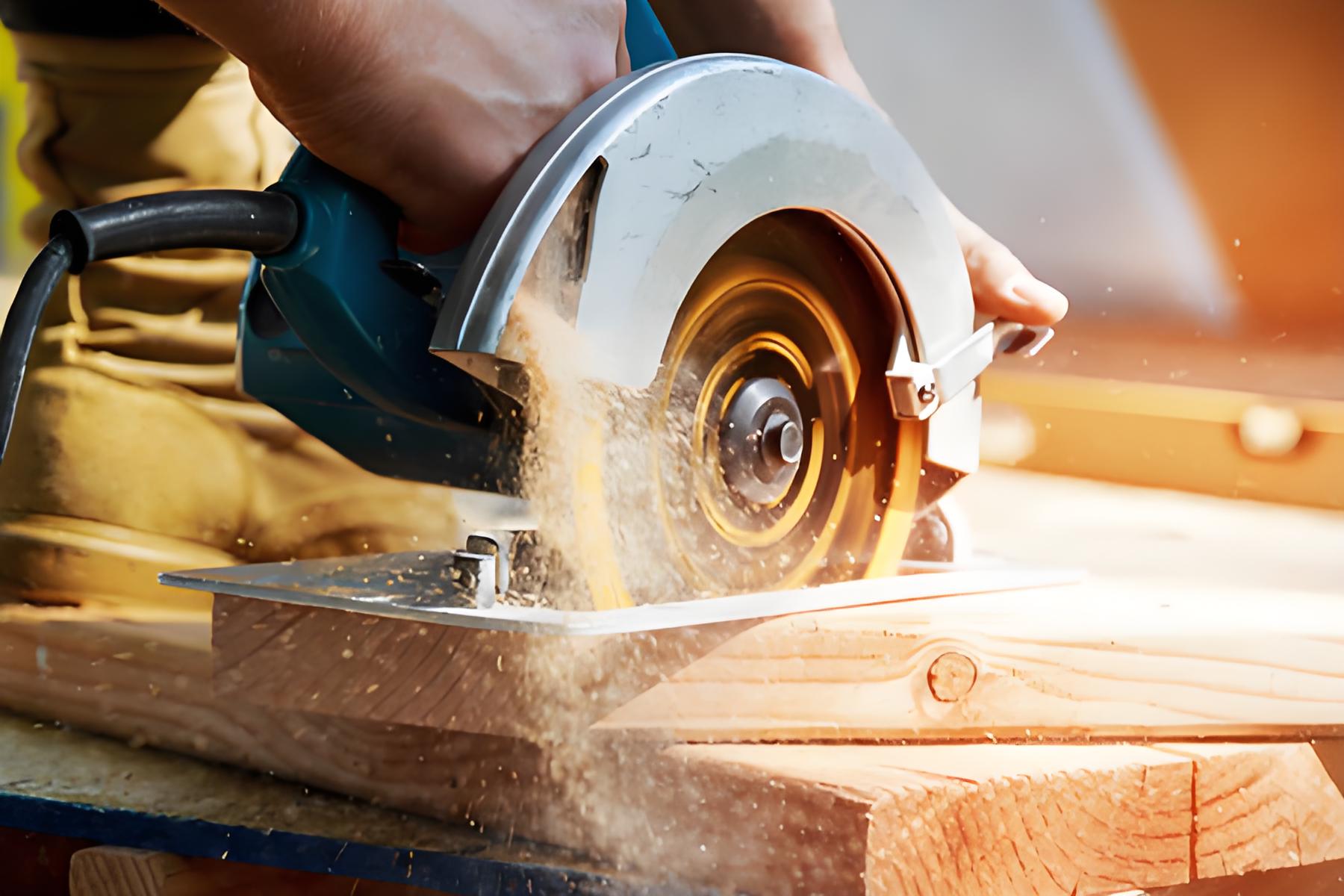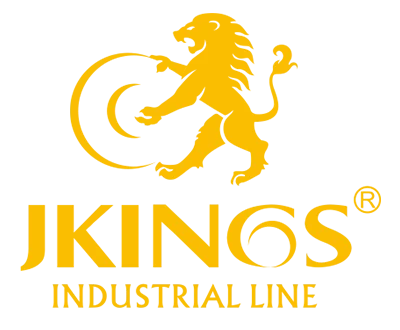
BLOGS
Cleaning Requirements for Cutting Discs
Jul 09,2025

Cleaning Requirements for Cutting Discs
Cutting discs are one of the most widely used types of abrasive tools. These discs rotate at high speeds and are essential for rough cutting, precision cutting, grooving, and even polishing of various surfaces such as metal, non-metal workpieces, outer circles, inner circles, and flat surfaces. Depending on the abrasives used, cutting discs can be categorized into ordinary abrasives (such as corundum and silicon carbide), natural abrasives, superhard abrasives (like diamond and cubic boron nitride), and other specialized cutting wheels.
Types of Cutting Discs
Cutting discs are designed for different applications based on their shape and materials:
Flat cutting discs
Cylindrical cutting discs
Cup-shaped cutting discs
Segmented cutting discs
Disc-shaped cutting discs
Additionally, cutting discs can be categorized by the type of binder used, including:
Ceramic cutting discs
Resin cutting discs
Rubber cutting discs
Metal cutting discs
Key Parameters of Cutting Discs
The performance of a cutting disc is determined by several factors, including:
Abrasives: The type of abrasive used, such as corundum, silicon carbide, or diamond.
Viscosity and Hardness: The firmness of the binder that holds abrasives together.
Shape and Size: The design and dimensions of the disc, suitable for different cutting tasks.
Cleaning Requirements for Cutting Discs
During the production process, especially for diamond cutting discs, there may be built-up rubber debris from polishing or high-temperature friction. After running for 5-7 days, these residues can become firmly attached to the diamond surface, making cleaning challenging. To maintain optimal performance, cleaning is essential. The key cleaning requirements for cutting discs are:
Environmentally Friendly: The cleaning agents must be ketone-free and should not contain halogenated hydrocarbons to avoid damaging the cutting disc.
Non-Damaging to Diamond Surface: Cleaning methods must be gentle enough not to cause any damage to the cutting surface, particularly for diamond-coated or superhard abrasives.
Cutting Disc Abrasives and Their Advantages
Cutting discs rely on various abrasives tailored for specific cutting needs. Here are some common types of abrasives and their advantages:
Black Corundum Cutting Disc: Black corundum is a high-efficiency abrasive material produced through high-temperature smelting. It has good cutting power, toughness, rigidity, and wear resistance. It is ideal for applications like stainless steel spraying, metal products, optical glass, and bamboo products. Black corundum cutting discs are widely used for manufacturing resin cutting discs, cutting chips, and cutting sandpaper.
White Corundum Cutting Disc: White corundum offers higher hardness than black corundum, providing strong cutting force during use. It is especially suitable for grinding high-hardness steel, such as high-carbon steel, high-speed steel, and tungsten steel. It's commonly used for high-precision cutting tasks, including cutting tools and alloy steel polishing.
Single Crystal Corundum Cutting Disc: Single crystal corundum is ideal for processing tougher and harder materials, providing high cutting efficiency, low grinding heat, and a long abrasive cutting life. It's especially suitable for high-strength steel, stainless steel, and high-speed steel, particularly in industries requiring high precision and toughness.
Zirconium Crystal Corundum Cutting Disc: Zirconium corundum offers excellent strength and wear resistance, ensuring high cutting efficiency and preventing clogging on the disc surface. This type of cutting disc is perfect for medium, low, and coarse stainless steel, heat-resistant alloys, titanium alloys, and high-speed vanadium steels.
Silicon Carbide Cutting Disc: Silicon carbide is ideal for processing non-ferrous metals and non-metallic materials. Black silicon carbide is primarily used for processing cast iron, non-ferrous metals, and non-metallic materials like stone, making it the go-to choice for high-speed cutting tasks in these applications.
Conclusion
Cutting discs are an indispensable tool for the industrial sector, with varying abrasives designed for specific cutting requirements. Proper cleaning and maintenance, along with the right choice of abrasives, ensure optimal performance and long service life. Whether for general metal cutting or high-precision applications, selecting the appropriate cutting disc for the task at hand will significantly impact efficiency and quality.
RELATED NEWS
High-Performance, Long-Lasting Flap Disc for Metal Grinding, Blending, Finishing, and Surface Polishing Applications
Flap discs are abrasive tools for grinding, blending, and finishing metal, offering long life, smooth finishes, and efficient material removal.
Stricter Environmental Regulations Usher in a Green Revolution in the Cutting Disc Industry
By 2028, the penetration rate of environmentally friendly cutting discs is expected to surpass 60%, marking the arrival of a refined, professional, and sustainable new era for the industry.
Abrasive Wheels Enter the Age of Intelligence: Driving a 300% Boost in Automated Cutting Efficiency
From semiconductors to structural steel, from medical implants to solar panels, intelligent grinding wheels are no longer silent contributors—but vital agents of a smarter, faster, and more sustainable future.
Nanodiamond and Composite Bonding Technology Usher in a New Era of Cutting Disc Performance
With nanodiamond abrasives, intelligent sensors, and green binder systems, the future of cutting is sharper, smarter, and more sustainable than ever before.
Grinding Wheel Flap Discs Company
Grinding wheel flap discs are versatile abrasives. They feature multiple overlapping flaps that offer consistent grinding performance. Ideal for various materials like metal, wood, and stone, these discs can efficiently remove rust, burrs, and old paint.
Cutting Disc Industry Report 2025: A New Era of Precision, Efficiency, and Sustainability
JKINGS, as an emerging force, is committed to pioneering smart manufacturing, ultra-thin disc innovation, and sustainable production—aiming to become a global benchmark in next-generation cutting solutions.


